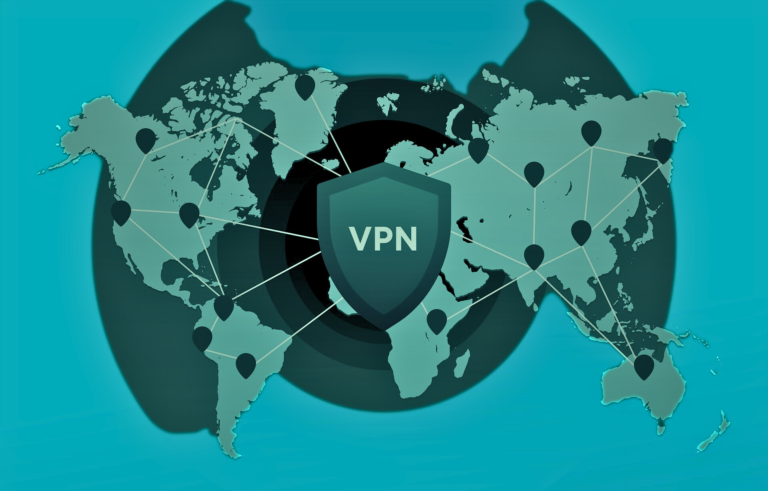Table of Contents
The age-old conflict between fiber-optic and satellite internet. It’s like contrasting a bullet train with a horse-drawn carriage. Well, perhaps not quite that drastic, but you get the idea. Your choice of internet can make or break your online experience (and your sanity), whether you’re binge-watching crime dramas in a downtown apartment or in a remote cabin in the mountains.
Let’s dissect this like a dispute between two friends over pizza toppings. Fiber on one side, satellite on the other. Warning: this is a serious lifestyle choice, not just a speed test.
What’s the Matter with Internet via Satellite?
Data is transmitted from a satellite in orbit to a dish on your home via satellite internet. That sounds awesome, doesn’t it? “Houston, we have Netflix!” Its primary selling point is that it functions practically anywhere, even in remote locations.
The catch is that internet connections aren’t exactly the newest thing. Latency is the term for the slight delay that satellites have. Why? because your signal is actually going to and coming from space. Sending a letter to the moon and waiting for a response is analogous to that. If you’re playing a game with that much lag, your character is most likely dead before the screen loads.
Data caps are another common feature of satellite internet. That means your internet slows down like your grandfather’s old Buick going uphill once you reach your monthly limit. It’s annoying when you’re trying to stream one more episode or complete a Zoom call.
Fortunately, satellite internet is improving. In an effort to increase its speed and dependability, companies such as Starlink are launching more satellites. It isn’t the champion yet, though.

Presenting Fiber Internet: The Speed Demon
The Usain Bolt of connectivity is fiber optic internet. Glass strands—yes, glass—are used to transmit data in the form of light beams. The internet seems to be moving at a warped speed. Downloads? Completed in a matter of seconds. Uploads? quicker than the heat from your coffee maker.
The greatest benefits of fiber? low speed, stability, and latency. It’s perfect for content creators, gamers, remote workers, and anyone else who just wants their equipment to work. If buffering makes you irrationally angry (we see you), fiber is your best friend.
Let’s talk about consistency as well.
Whether it’s raining, snowing, or Mercury being in retrograde, fiber doesn’t care. Like the ideal roommate, it is stable, trustworthy, and drama-free.
So why isn’t fiber available to everyone?
The catch, though, is availability. Not all places have fiber yet. It is primarily found in suburban and urban areas. It may be as unlikely as finding a unicorn in your backyard to get fiber if you live in a rural area (unless your unicorn also works for a telecom company).
Fiber installation can also be a bit of a hassle. Digging and running cables is similar to planting a garden, except that you’re growing megabits per second rather than flowers. Some areas simply do not yet exist.
Pricing: How Much Will It Cost Me?
Don’t you think that money speaks? Fiber typically offers better value and is reasonably priced. Some plans offer significantly faster speeds and are less expensive than satellite. In contrast, satellite internet can be more expensive, and there are additional costs for installation, equipment, and those annoying data caps.
However, in remote areas, satellite is frequently the only option. In those situations, survival is more important than luxury. Indeed, even people without access to the internet occasionally want to watch videos of cats.
Let’s Discuss Use Cases
Are you?
- Do you have deer as neighbors in your cabin? Your only practical choice might be satellite.
- Are you shouting at your smart fridge, running a business in a suburb, and streaming in 4K? Your internet soulmate is fiber.
- A casual browser who only watches YouTube at 144p and checks email? You crazy minimalist, you, either will work.
Which Is Better, Then?
Now for the conclusion: It depends. (Isn’t that a classic non-answer?)
If you have access and speed, dependability, and low latency are your top priorities? Use fiber. Unless you like to watch spinning wheels on your screen, it’s faster, smoother, and better for almost everything.
If you’re in the middle of nowhere and fiber isn’t an option? Satellite is your best bet. Despite its flaws, it’s a far better option than dial-up or, worse, no internet at all.
In conclusion, fiber wins out, but satellite deserves a standing ovation for its efforts, especially in preserving connectivity in remote areas.
Hey, at least it’s not 2002, no matter what you decide. Because if you ever used dial-up, you should get a medal.




